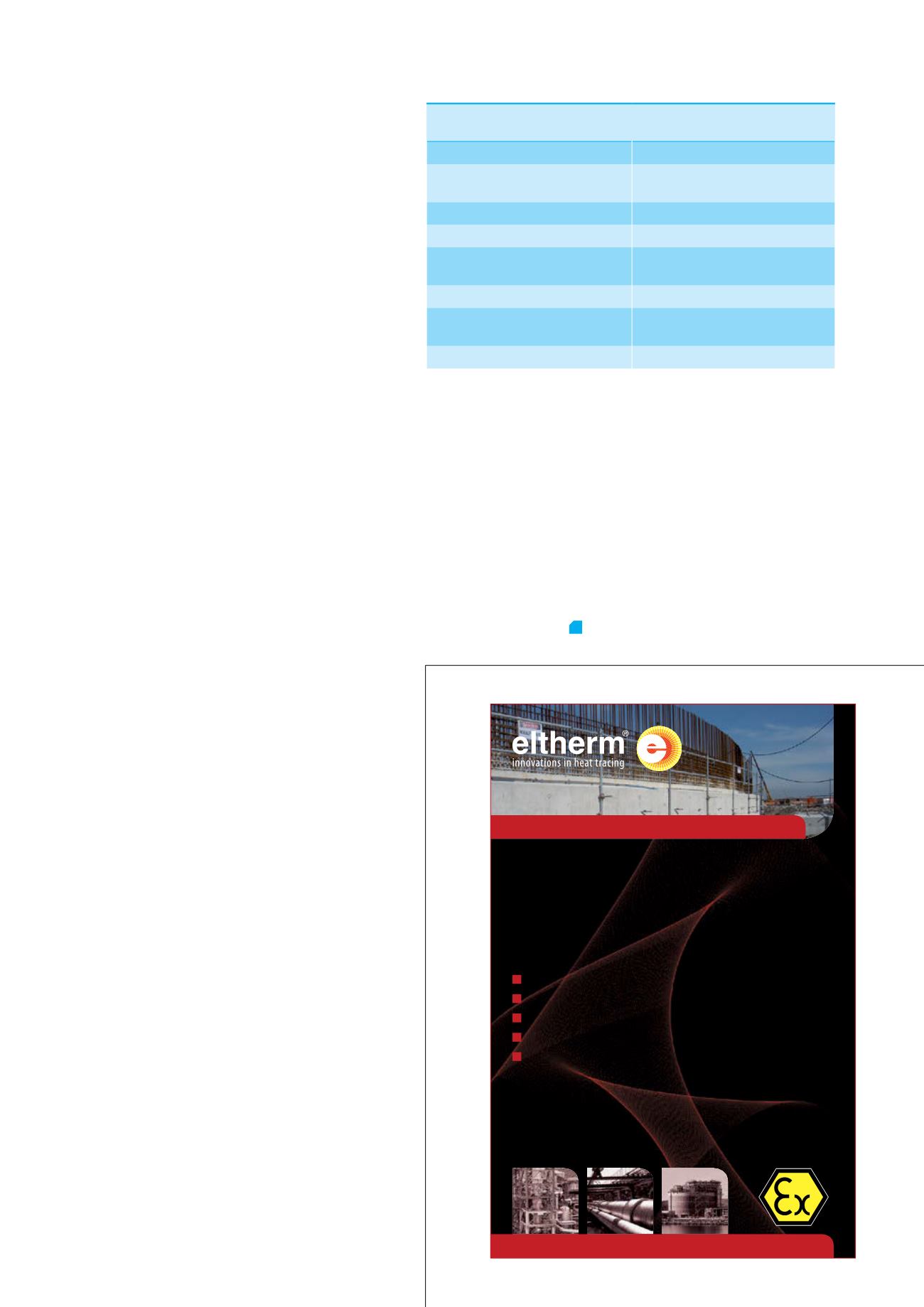
A fundamental tenet of an audit is that it should
be structured and methodical. Thorough preparation
is therefore key to achieving a successful audit. The
other advantage of preparation in advance of the
audit is that it allows the auditor to formulate ‘audit
criteria’.
Audit criteria can be thought of as a checklist, or
audit roadmap, which will help guide the assessor
during the audit. This can be a particularly useful aid
for less experienced assessors and help ensure that
the fundamental areas have been covered. The
weakness with this approach, however, is that it can
provide a rigid framework within which the audit
should take place and does not cater for situations
that the audit team did not foresee, and at worst
can blinker the assessor to issues identified within
the audit criteria, leading them to miss potential
issues that have not been predicted in advance.
Audit criteria should therefore be thought of as an
‘aide-memoire’ rather than a definitive list to follow,
and the audit should be ready to deviate or include
additional issues should they arise.
Traceability
One of the key requirements for any measurement
system is traceability to relevant standards, and
calibration traceability showing a complete chain of
calibrations from the device in question back to a
national standard reference device. This is no different
for assessors, which establish audit criteria and audit
questions. For instance, an assessor may wish to
investigate the installation of a flow meter and,
therefore, should be able to cross check the physical
installation with the relevant standard. Whilst this
should not prohibit an assessor from using their own
experience and intuition to investigate and report
potential issues, specific questions should be able to
refer back to a specific standard that governs practice
in that area.
Following the audit
In the wake of an audit, the assessor will compile a
report highlighting any problems or non-conformances
found. Audit reports can vary greatly in detail, from a
short list of issues found, through to a detailed report
outlining the audit criteria, detailing traceability and
presenting evidence to support each issue.
Although audits can be time consuming, resource
intensive and sometimes even stressful for those
involved, they are a vital aspect in the maintenance of
an effective measurement system. Furthermore, the
cost of neglecting to conduct them can be high. As
previously discussed, the financial exposure globally
on fiscal measurements alone could be in excess of
more than US$9 million/d for a metering uncertainty
of
±
0.25%.
While this level of uncertainty would be
acceptable in most cases, in situations where there
was a specific problem with some aspect of a
measurement system, the cost could be much higher.
Table 1.
Measurement system problem and associated
cost
Description
Cost of error
Orifice plate not seated properly at
the bottom of the fitting
US$35 million under measurement
Failure to inspect orifice plate
US$6 million/y under measurement
Gas cooling prior to densitometer
US1 million/y over measurement
Liquid densitometer not calibrated Tens of millions of barrels under
measurement
User entered wrong prover volume US$25 million under measurement
Liquid entrained within gas in USM
installation
US$5 million
Non-representative sample taken US$10 million/y
Table 1 gives some examples of this from field experience, and gives a
flavour of the implications of specific problems in a flow measurement
installation.
Conclusion
It is clear from the examples given in Table 1 that even seemingly small
issues in a measurement system can have a large financial cost. This is
particularly true when applied to custody transfer applications
between hydrocarbon transfer and storage facilities, where
measurement accuracy is at a premium. The effort and relatively small
cost required to perform an audit, therefore, has the potential to avoid
a potentially large amount of expenditure if such faults can be
detected and corrected.
T&T
eltherm - LNG Tank Bottom Heating System
eltherm is a leading manufacturer and global supplier of elec-
trical heat tracing systems. With over 40 years of experience,
our team of specialists have been providing the industry with
heat tracing solutions to meet the most demanding require-
ments. With a continuous drive to provide the highest quality
and most exible and e cient design, we are your competent
partner for LNG tank bottom heating systems.
Turnkey-Solution from engineering to commissioning
2D and 3D Thermal Analysis
E cient and reliable control and monitoring systems
Safe and durable systems
High-quality heating cables, components and
accessories from own manufacturing site
The eltherm engineers would like to face your challenge also.
eltherm GmbH
Ernst-Heinkel-Str. 6-10, 57299 Burbach, Germany
Phone +49 (0) 27 36/44 13-0, E-Mail


